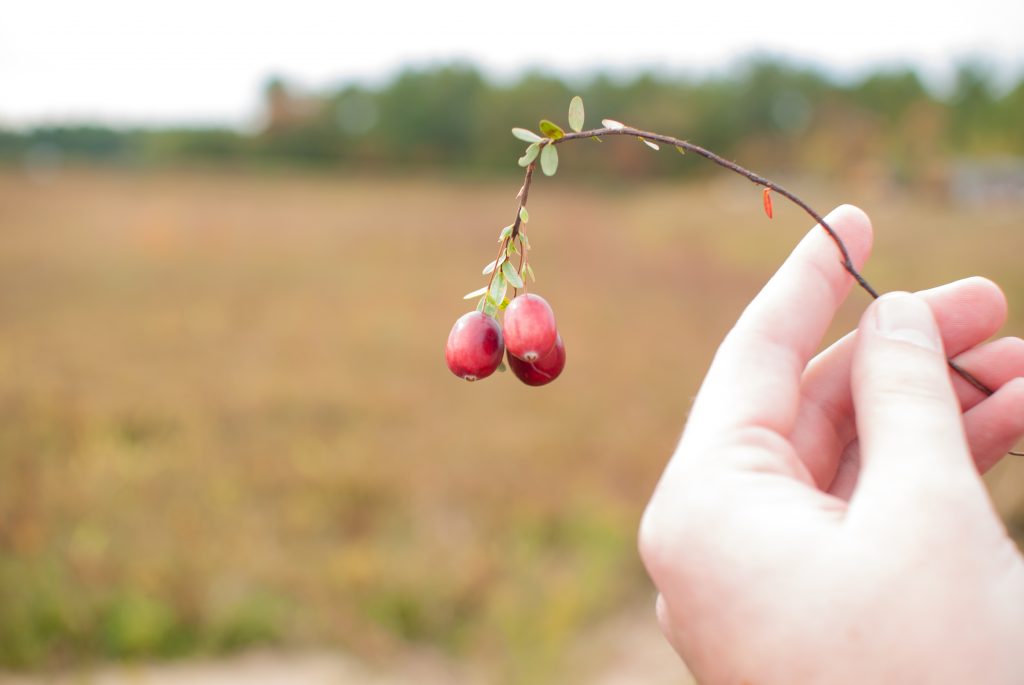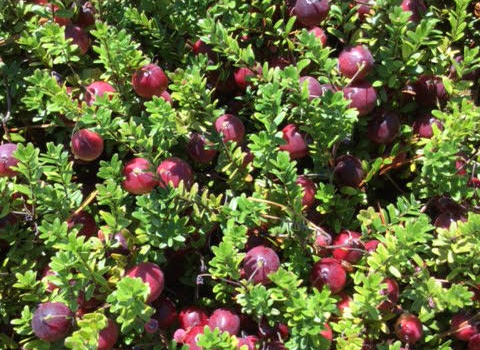America’s Original Superfruit ®
Native Americans used cranberries as a staple as early as 1550. They ate cranberries fresh, ground, or mashed with cornmeal and baked into bread. They also mixed cranberries with wild game and melted fat to form pemmican, a survival ration for the winter months. Maple sugar or honey was used to sweeten the berry’s tangy flavor.
By 1620, Pilgrims learned how to use cranberries from the Native Americans. There are several theories of how the berry was named. Germany and Dutch settlers named the berry “crane-berry” because it appeared to be the favorite food of cranes or the blossom resembles the head and neck of an English crane. Eventually “crane-berry” was shortened to cranberry. By 1683, cranberry juice was made by the settlers.
The historic uses of cranberries are extensive. American whalers and mariners carried cranberries on board to prevent scurvy. Native Americans brewed cranberry poultices to draw poison from arrow wounds, used cranberry in tea to calm nerves, as well as using the juice as a dye for fabrics.
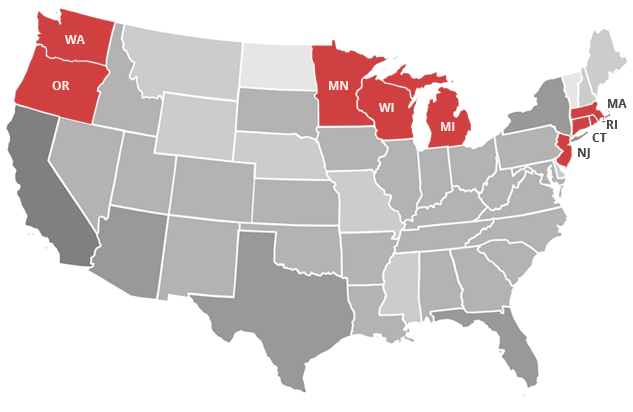
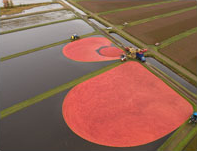
Wisconsin
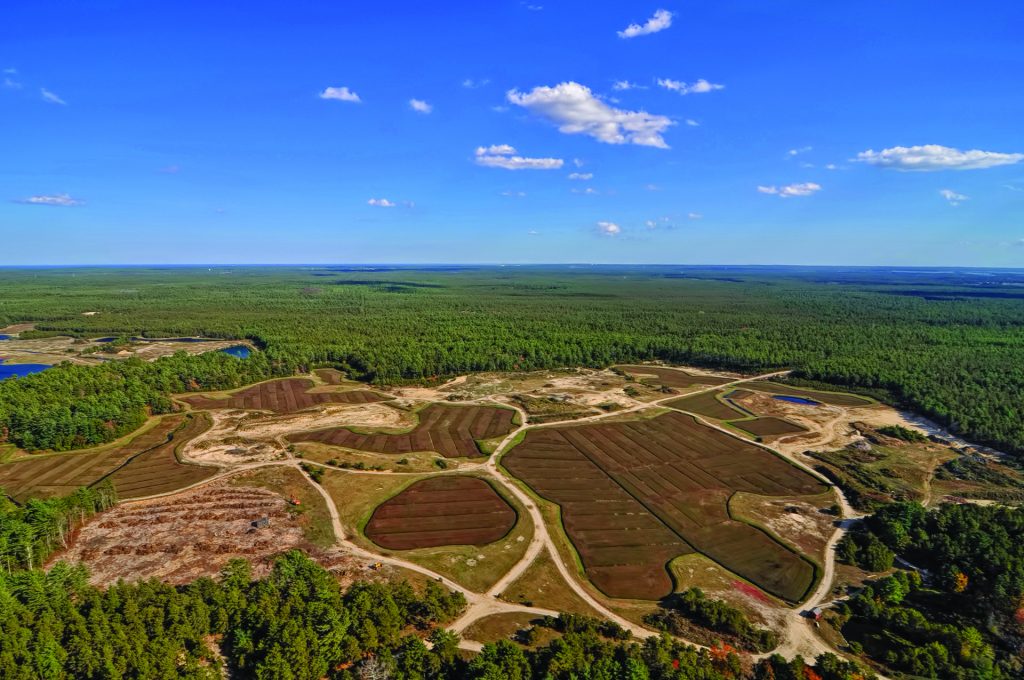
Massachusetts
Small Berry, Big Health Benefits
Cranberry Varieties
To plant cranberries of one variety, it is necessary to plant vines with roots or get a cutting and turn it into the soil so it can root. Seeds from berries on a vine may not yield exactly the same variety as bees may pollinate it from another variety. Today, the DNA of new varieties is often patented.
REFERENCES
- USDA National Nutrient Database for Standard Reference Legacy Release, April 2018
- Halvorsen, BL, Carlsen MH, Phillips KM, Bohn, SK, Holte K, Jacobs DR, and Blomho R. Content of redox-active compounds (ie, antioxidants) in foods consumed in the United States. Am J Clin Nutr. 2006; 84:95-135.

